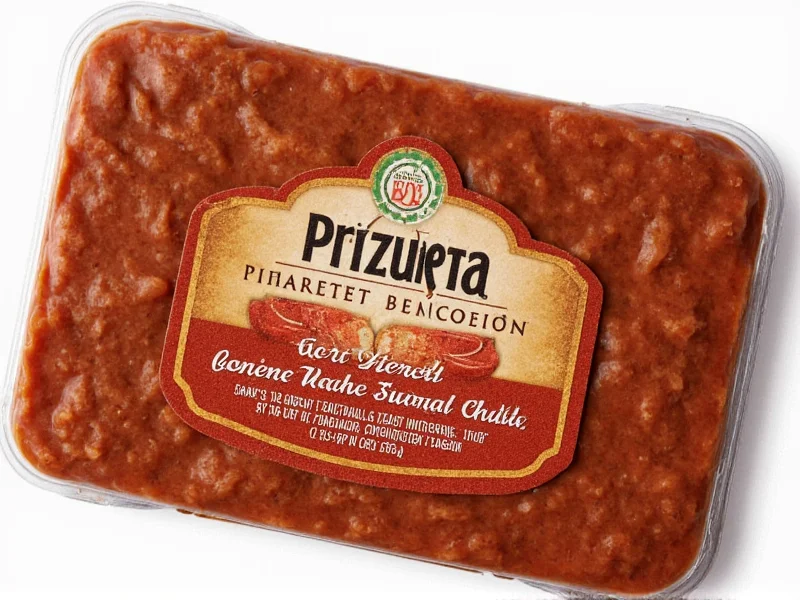Ancho chile butter transforms ordinary dishes into extraordinary culinary experiences through its complex flavor profile. Unlike standard chili-infused butters, authentic ancho chile butter leverages the unique characteristics of dried poblano peppers, which develop rich, raisin-like sweetness during the drying process. This distinctive compound butter serves as both a finishing touch and cooking medium, delivering nuanced heat that complements rather than overwhelms.
Understanding Ancho Chile Butter Components
The magic of ancho chile butter lies in its carefully balanced ingredients. Ancho chiles, which are dried poblano peppers, provide earthy depth with subtle notes of cocoa and dried fruit. When properly reconstituted and blended with high-fat butter (minimum 82% butterfat), the resulting compound butter achieves optimal flavor integration and texture.
| Ingredient | Function | Recommended Ratio |
|---|---|---|
| Unsalted butter | Base medium for flavor absorption | 1 cup (226g) |
| Dried ancho chiles | Primary flavor and color | 2-3 medium peppers |
| Fresh garlic | Aromatic complexity | 2 cloves |
| Lime juice | Acidity balance | 1 tbsp |
| Smoked paprika | Flavor reinforcement | 1/2 tsp |
Traditional Preparation Method
Creating authentic ancho chile butter requires attention to detail at each stage. Begin by removing stems and seeds from dried ancho chiles, then toast them lightly in a dry skillet for 30 seconds per side to release essential oils. Proper rehydration in hot water for 15-20 minutes softens the peppers without creating a waterlogged texture that would compromise the butter's structure.
The critical emulsification step involves blending the rehydrated chiles with softened butter until completely smooth. Many home cooks make the mistake of adding too much liquid during rehydration, resulting in a separated butter that cannot properly incorporate into sauces or hold its shape when chilled. For optimal texture, squeeze excess moisture from the chiles before blending.
Professional Culinary Applications
Chefs utilize ancho chile butter in three primary ways: as a finishing compound, cooking medium, and flavor base. When used as a finishing touch, a small pat melts over grilled proteins just before serving, creating an instant sauce. As a cooking medium, it elevates simple sautés with complex flavor while maintaining a higher smoke point than olive oil.
For Mexican cuisine applications, ancho chile butter enhances traditional dishes like chiles en nogada and mole sauces. International chefs incorporate it into unexpected applications like ancho chile butter poached salmon or as a base for roasted vegetable glazes. The compound butter's versatility extends to breakfast preparations, where it transforms ordinary scrambled eggs or grilled avocado.
Storage and Shelf Life Considerations
Properly stored ancho chile butter maintains quality for different durations depending on storage method. When tightly wrapped in parchment paper and placed in an airtight container:
- Refrigerated: 2 weeks (optimal flavor)
- Refrigerated: Up to 4 weeks (acceptable quality)
- Freezer: 3 months (flash-freeze portions for easiest use)
Freezing in ice cube trays allows for convenient portioning. Always use clean utensils when handling to prevent contamination. Discard if any sour odor develops or if mold appears on the surface.
Common Preparation Mistakes to Avoid
Many home cooks encounter issues with their homemade ancho chile butter due to preventable errors. Over-rehydrating chiles introduces excess moisture that causes separation. Using pre-ground ancho powder instead of whole reconstituted peppers creates a gritty texture and less complex flavor profile.
Another frequent error involves improper butter temperature. Butter that's too cold won't blend smoothly with the chile paste, while butter that's too warm won't hold its shape. The ideal preparation temperature is 65-70°F (18-21°C), where the butter is pliable but still cool to the touch.
Culinary Pairing Recommendations
Ancho chile butter's flavor profile complements specific ingredients exceptionally well. For protein pairings, it enhances:
- Grilled skirt steak (particularly effective with ancho chile butter compound)
- Pan-seared duck breast
- Roasted chicken thighs
- Grilled portobello mushrooms (vegetarian option)
When incorporating into sauces, combine with complementary elements like orange zest for brightness or a touch of honey to balance the natural heat. The compound butter works particularly well in applications requiring both fat and flavor complexity, such as finishing pan sauces where traditional butter would break.











 浙公网安备
33010002000092号
浙公网安备
33010002000092号 浙B2-20120091-4
浙B2-20120091-4